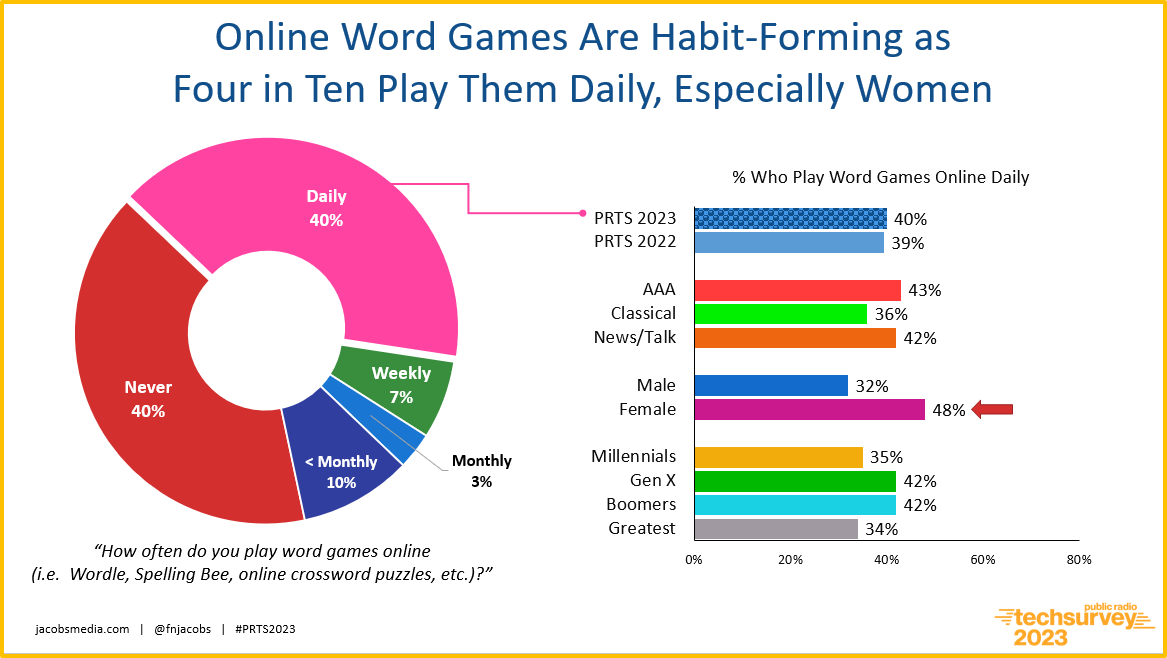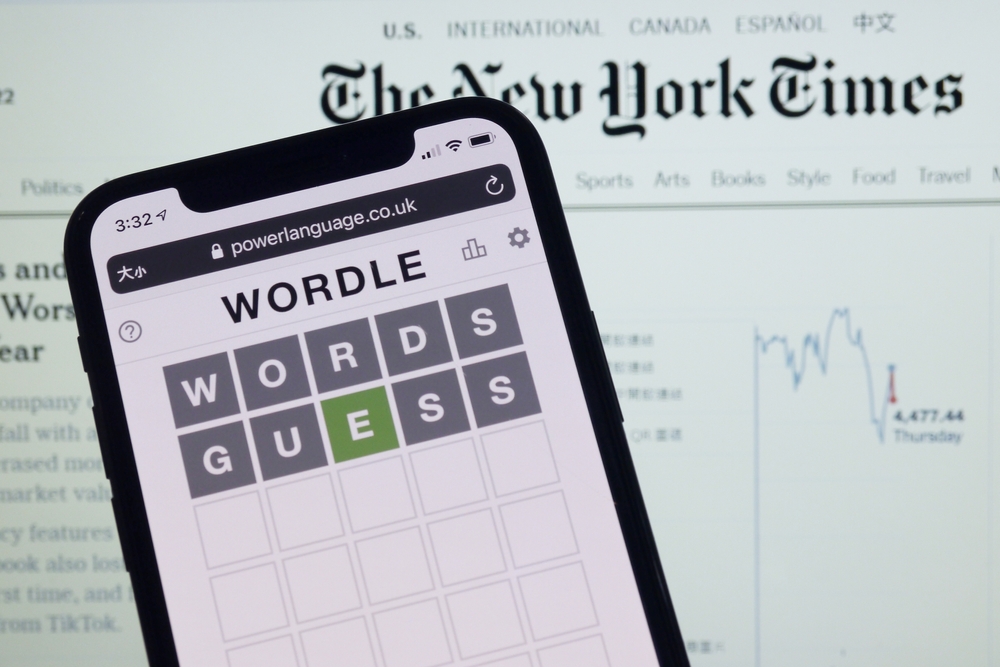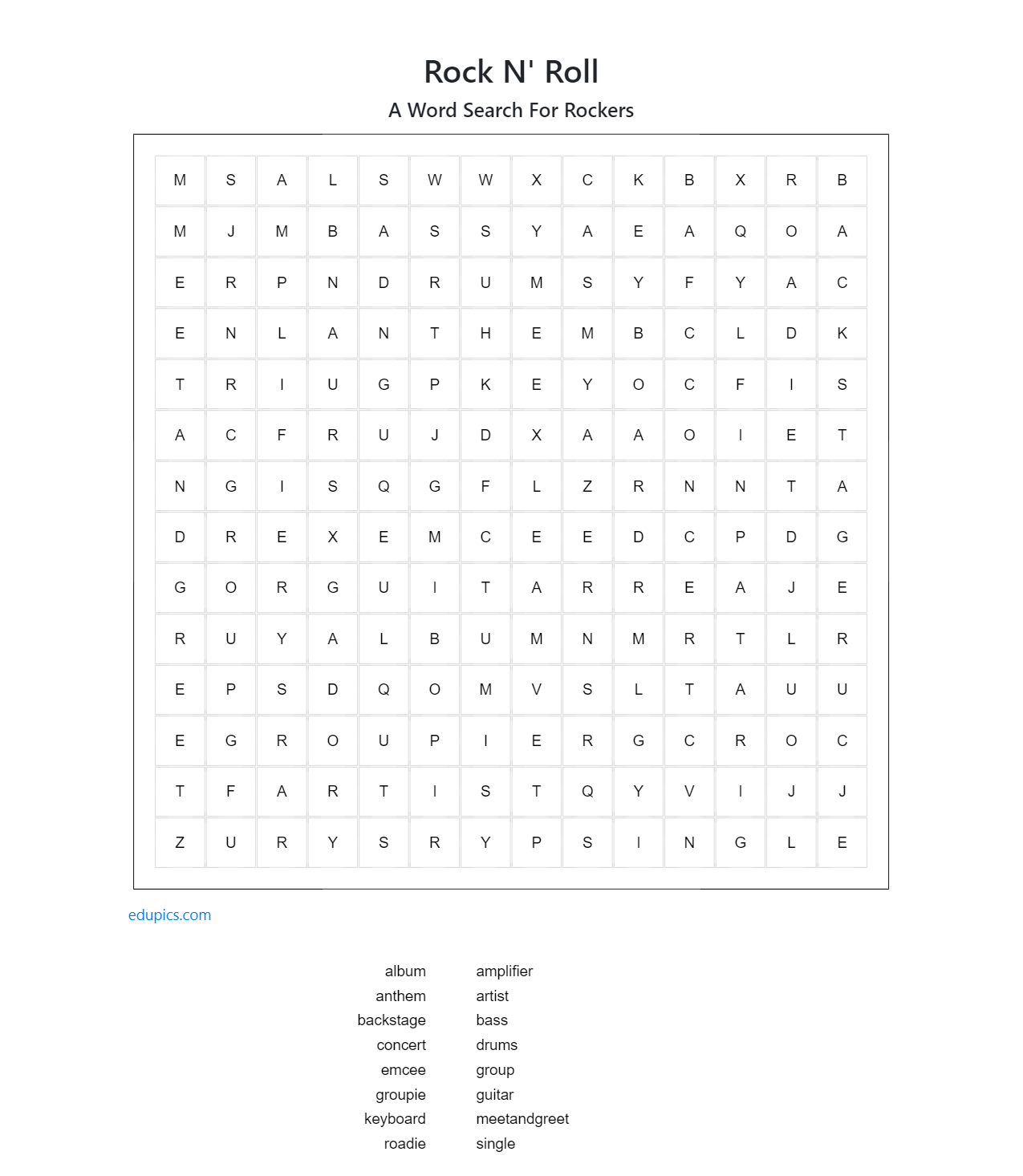
The more time Paul and I spend with teams of media pros – content creators, marketers, managers – the more sensitized we’ve become to assessing the ROI of digital. On the one hand, there is a multitude of “white boards” available to anyone in radio on which to dream up content on any number of platforms. But that means picking and choosing the best opportunities in which to create, market, and monetize.
We may look back at 2023 as the Year of Content Reckoning for media organizations, especially radio companies. Many bets have simply not paid off for broadcasters. Some have turned out to be downright debacles, leading to staff layoffs, department shutdowns, and worse. There may be lots of reasons for these epic fails, including not having the expertise or the capital for these initiatives to be successful. But an important ingredient to have efficient and effective content creation is determining its degree of doability. How difficult, expensive, and staff intensive is it to make stuff? Is there a market for it? And do you have the team that can attract advertisers and sponsors?
Sadly, there is no surefire way of precisely making these determinations. Tastes change, new platforms appear, old ones erode. All this leads to an environment where it may be precarious for strategists to make the best calls. But there are ways to lessen the odds of failure. Doing one’s due diligence by conducting research is no guarantee of success. But it can increase the chances for a true digital win, something that has eluded so many in radio.
I am increasingly fascinated by games. Most of us play them – on our phones, on airplanes, on coffee breaks, while waiting for the dentist or a plane to take off, at night with friends and strangers. And when we run across one that becomes a habit as games often do, we love the routine and regularity of games that resonate, challenge, and entertain over months and even years.
Thanks to our mobile phones, we are rarely if ever bored. There’s always a distraction waiting in our pockets and purses. And more often than not, it’s a game of one kind or another that helps us pass the time.
The New York Times recently reached a new milestone – 1o million subscribers to any of its platforms, including the traditional online newspaper as well as subscription verticals that include Cooking, Wirecutter, the Athletic, NYT Audio, and of course, Games. We don’t know precisely which is the biggest and most popular, but my money in on their Games piece.

It all started with their crossword puzzle franchise. The face of it – Will Shortz – is like the Beatles in crossword world. He not only is the New York Times’ editor of crossword puzzles, but hosts a radio segment each weekend on NPR as their “puzzle master.”
master.”
Shortz is the biggest name in the space. He is a crossword puzzle rock star. For years, the Times was sitting on this asset, a part of their everyday newspaper, as well as their Sunday edition. But it was simply a piece of integrated content, rather than a standalone asset they could monetize with subscriptions.
They have built on Shortz’s core product. Beyond crosswords, the Times has bolstered its Games content in recent years with other addictive games, including Spelling Bee, their new Connections game, and perhaps the biggest breakthrough in recent years, Wordle.
By now, you likely know the story of Wordle, a wildly popular game the Times recently bought for a pittance. It is the simplest but perhaps most scalable of head games.
Hooky pastimes like Wordle make it relatively easy for this platform to remain habit-forming and sustainable. Once you’ve got the format, a great game – whether it’s Wordle, “Jeopardy,” or “The 7:30 Song Challenge” – has a life of its own.
Compared to the expense and difficulty of news coverage, podcast production, video creation, and other Times’ content creation, Games may be the simplest to produce.
To test the waters, we started asking about online game play in our Public Radio Techsurvey a couple years ago. I began to notice more and more people not only playing these games, but joining and participating in communities that formed around them. This allows participants to play together, compare notes, challenge one another, and in general, heighten and prolong the experience.
Here is the “state of play” from PRTS 2023 among core public radio listeners, especially women. Note (upper right), online word game daily play is rock steady over the last two years, building even more confidence in the concept:

This data is intriguing. Long-time radio pros know that when their strategies are humming, their stations become part of the fabric of people’s routines. Listening out of habit isn’t just a good thing. It’s a great thing.
It means that when it’s working, radio provides the soundtrack of a listener’s life. Whether it’s getting hooked on a personality, a genre or style of music, or anything else, the key to long-term success in radio often translates to being rooted in the ritual of listeners’ lives.
In our popular “Why Radio?” chart we create in our commercial, public, and Christian music Techsurveys, we’re always looking to uncover the motivations behind why audiences continue to make radio a part of their routines – even with all the competitive options available to them. A look at this year’s Techsurvey 2023 shows that “habit” continues to be a key variable in repeated usage:

After music, personality, the ease of listening in the car, and radio being “free,” the listening habit is solidly in the 5-spot, mentioned by more than half (56%) of our respondents as a main reason why radio remains an ongoing part of their lives.
But think about the impact of COVID these past few years on our routines. Many people are still not in the car as much as they once were, specifically not commuting to and from work. What toll has that taken on radio’s morning and afternoon drive personality ratings, now going on four years? How many people who were habitual listeners pre-pandemic now find themselves involved in very different routines on their WFH days?
While that reality has not been good for radio, “listening” isn’t the only thing radio’s customers are capable of doing. That’s the lesson The New York Times has learned in recent years. Not all its customers read the news online or in print these days. And that’s OK.
radio’s customers are capable of doing. That’s the lesson The New York Times has learned in recent years. Not all its customers read the news online or in print these days. And that’s OK.
Some check out recipes, others are involved in tech or sports, while many others are now in the routine of playing online games, puzzles, and brain challenges – every day. And the Times now has great verticals that fill these needs.
For radio programmers and managers, habit was defined as encouraging a listener to preset their station on her car radio. Today, it’s a different way of defining routine and habit.
As the Times is proving, attracting current readers and even non-customers to good, sound content creation is just plain smart. And as we’re learning with some of our “Near Adjacent” research efforts in partnership with Mark Ramsey, there are other alternatives to attracting consumers…and their dollars. This new research allows us to identify these content pools for radio stations in much like the Times has done with their readers.
 I continued to be intrigued by the games space for radio. And over the weekend, Bill Jacobs stumbled upon a “Rock and Roll Crosswords” book by Todd Santos last year.
I continued to be intrigued by the games space for radio. And over the weekend, Bill Jacobs stumbled upon a “Rock and Roll Crosswords” book by Todd Santos last year.
These puzzles are described as New York Times-style, which means they’re not easy, they’re clever, and they’re entertaining. And for rock trivia fans, they should be challenging.
In fact, the Times’ Shortz calls Santos’ book “definitive rock trivia.” Other endorsements by rock luminaries include these:

“Well I’m sure I’ll get a couple of THESE answers!” – Todd Rundgren
“Over the moon with these! Keep on puzzlin’!” – Spin Doctors
“YEAH!” – Stone Gossard (Pearl Jam)
A look at the Amazon page offering Santos’ book also reveals a whole slew of different puzzle games and books that are music trivia oriented – just the type of core material stations or companies could collaborate on – or create their own.
Speaking of which, I ran across a word search generator online. And in just a few minutes, I was able to create my own game.

To build new revenue streams that are “Near Adjacent” to our core radio audiences, we’re going to need research and source material. But these related content plays are within reach for strategic teams looking to make a Times-like play.
Of course, “games” aren’t the only thing rockers, or country fans, or sports fanatics, or pop devotees care about. There are all sorts of verticals radio operators could be identifying, and then using their “megaphones” to spread the word – generating page views and perhaps even subscriptions.
In the same way the Times innovated their way out of their hole, radio companies may need to write a whole new playbook.
And that could lead to a whole new way of playing the game.
To join the hundreds of stations already signed up for Techsurvey 2024, develop your own “business intelligence” and register here.
To learn more about our “Near Adjacent” research model in collaboration with Mark Ramsey, check it out here.
- Media And Technology In 2025: Believe It Or Not! - April 18, 2025
- In Radio, You Just Never Know - April 17, 2025
- The Secret To Making A Great Podcast (And Great Radio) - April 16, 2025




Fred, did you know that there was a time in the late 70s and early 80s when listeners could download video games directly from the stations’ FM broadcast?
Just to give a different look at your note, I’ll tell you this story that probably not everyone knows.
We all know that the first software and computer programs for home computers were sold on cassettes similar to audio cassettes. Yes, in addition to being used to store songs, cassettes were also used as storage, just as hard drives or USB sticks are used today.
Around that time Radio West, in the United Kingdom, had a program called ‘Datarama’ that talked about technology, and they came up with the idea of sharing video games through their FM signal.
Joe Tozer, the host of “Datarama,” recalls in an interview how it all began: “I think it was just one of those ‘ping!’ moments when you realize that a homemade computer program is simply a signal from audio on a cassette, so why not broadcast it on the air? “It just seemed like a great idea.”
Tozer was an early adopter of home computing, as he had programmed Tangerine 6502, ZX80 and BBC computers since around 1979, and had been working at Bristol-based Radio West since 1981.
“The station, in its early days, was very interested in broadcasting niche content at low viewership times,” says Tozer, “and together with Tim Lyons, the chief engineer, we did a weekly home computing program.”
“The only thing we were going to transmit would be video game software using the cassette storage system that the station had at that time.”
Thus that radio program was born, but it was not until July 1983, when they broadcast the fourth episode, that the presenters finally received permission from the Independent Broadcasting Authority to transmit computer data over the radio.
Now it was necessary to decide what software they were going to use to start this series of downloads.
The first thing they thought of was to transmit a photographic image of Cheryl Ladd, the star of “Charly’s Angels,” taken from a 1975 edition of the Evening Standard newspaper.
Tozer clearly remembers the moment when Cheryl Ladd’s face was being broadcast on the radio to the entire western section of England:
«That was a very exciting night. I had written Cheryl Ladd’s graphic code myself, as it was small and could easily be coded for both BBC computers and ZX81 microphones, and it was really amazing that the images could be transmitted by radio.
“I think we had done a couple of unannounced test broadcasts just before we shut down the station earlier in the week, and surprisingly we found that AM worked better than FM.”
“The night that taped show came out, everything worked perfectly and, suddenly, there she was on the screen: Cheryl Ladd, in a glorious 40×80 pixel teletext-style image in black and white.”
Surprisingly, to send the program all you had to do was press the “Play” button on the station’s cassette player.
“To be honest, it was all pretty straightforward,” says Tozer. “Cassette data transfer speeds at the time were very low, maybe a few hundred bits per second, so it just worked.”
Listeners loved it, and soon Tozer and Lyons were streaming all kinds of programs they had written for the show, including some mini-games and an app that translated words on the keyboard into Morse code.
To transmit the program, which was a series of noises and clicks similar to the sound of a fax machine or a modem, they waited until midnight, stopped the station’s musical programming, and transmitted those sounds that people simply recorded on their cassettes.
And that didn’t just happen in the United Kingdom, but also in many other parts of the world. They were also broadcast in Nederlands, Finland and Serbia, in the former Yugoslavia.
Wow! Great story, Tito! Talk about jumping in with both feet and delivering–and even adding to–what the listeners want! And after seeing many of your comments in this blog, why am I not surprised this would come from you?? Radio would not be in the shape it’s in today if there were more people like you and Fred (and granted ,man others) always looking for how to super-serve listeners.
Interesting article, though one thing the NYT does that you missed that broadcasters could take advantage of is their weekly news quiz. Every Friday, the NYT sends an email to their subscribers inviting them to participate in a news quiz to see how closely they have been following the news during the week. It is an excellent way to keep gamers engaged in your main product and it works. Over 474,000 people participated in this last week’s quiz. Stations that thrive on giving people a reason to listen on the regular should be able to put their own spin on this.
Does anyone remember when KFRC tried being contest radio? It was an attempt to keep people listening (much like KHJ tried “Car Radio” in L.A.). It didn’t work. I know “Wait Wait, Don’t Tell Me” (the weekly news quiz) is a very popular NPR weekend staple and other shows like this could have a place on broadcast radio. Just another way to get people involved. Engaged I think they call it. Thanks for the specifics, Fred.
Ironically enough, Portugal’s RFM is just now relaunching its metaverse–this time, with specific gaming aspects (most notably, Trail RFM, which is an offshoot of a real-life promotional event)…
https://gruporenascencamultimedia.com/2023/11/13/rfm-estreia-nova-versao-metaverso-na-websummit